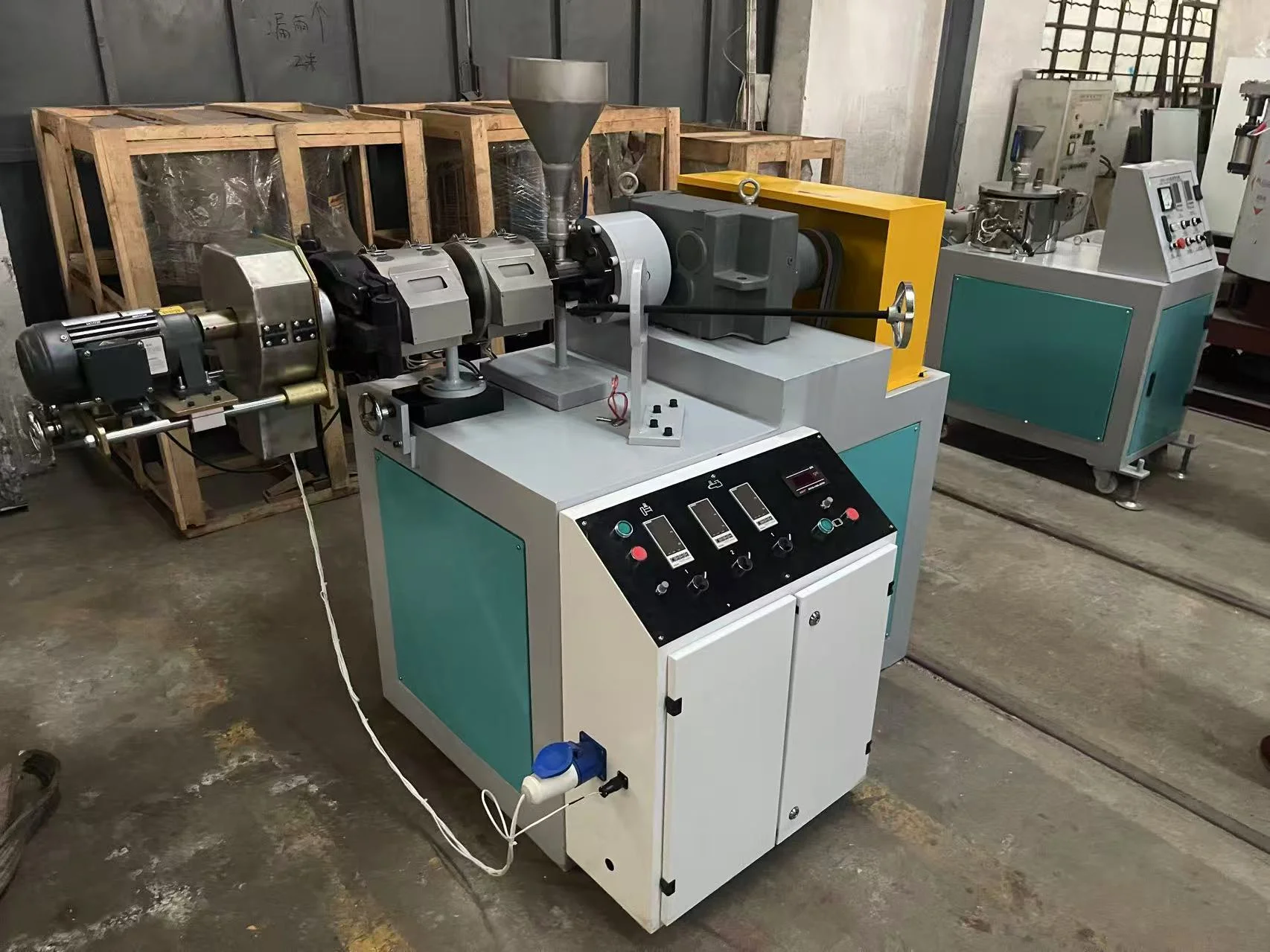Magnetism is a fundamental force in nature, and humans have been using it for centuries, from ancient compasses to modern electronics. In this blog post, Zhonghang will share with you the custom strong square shaped magnets manufacturing process, from material selection to final product inspection.
Introduction
Square-shaped magnets are popular for their versatility and ease of use in various applications, such as in construction, automotive, and consumer electronics. They are often used for holding objects in place, creating magnetic fields for sensors, or even in educational tools. The manufacturing process of these magnets is a blend of science, technology, and craftsmanship.
Material Selection
The first step in the manufacturing process is the selection of the appropriate materials. The most common materials used for making strong magnets are:
1. Ferrite: Known for its affordability and resistance to corrosion, ferrite is a ceramic material that can be magnetized to create permanent magnets.
2. Alnico: This is an alloy of aluminum, nickel, and cobalt, which offers strong magnetic properties and high resistance to demagnetization.
3. Neodymium: Also known as neodymium iron boron (NdFeB), this is one of the strongest types of permanent magnets available today, known for its high energy product and resistance to demagnetization.
For customized strong square-shaped magnets, neodymium is often the preferred choice due to its superior magnetic properties.
Design and Prototyping
Once the material is selected, the next step is the design and prototyping of the magnet. This involves:
1. CAD Modeling: Using computer-aided design (CAD) software, engineers create a detailed 3D model of the magnet, specifying dimensions, tolerances, and material specifications.
2. Prototyping: A prototype is made using a 3D printer or CNC machining to verify the design and ensure it meets the required specifications. This prototype is used for testing and validation before mass production.

Material Preparation
Before the actual manufacturing process begins, the raw material must be prepared. This includes:
1. Sintering: The powdered neodymium is compacted and heated to a temperature below its melting point. This process forms a solid block of neodymium magnet material.
2. Annealing: The sintered block is heated and slowly cooled to relieve internal stresses and improve the magnetic properties.
Magnetization
The next critical step is the magnetization of the neodymium block. This is achieved through:
1. Orientation: The block is placed in a magnetic field, aligning the magnetic domains in the same direction.
2. Polarization: A strong external magnetic field is applied to the block, magnetizing it to its maximum potential.
Cutting and Shaping
Once the block is magnetized, it is cut and shaped into the desired square form. This involves:
1. CNC Machining: Using computer numerical control (CNC) machines, the block is precisely cut into the required dimensions and shape.
2. Grinding and Polishing: The edges and surfaces of the magnet are ground and polished to achieve a smooth finish and precise dimensions.
Inspection and Testing
Quality control is crucial in the manufacturing of strong square-shaped magnets. Each magnet undergoes rigorous inspection and testing to ensure:
1. Visual Inspection: Magnets are inspected for any visible defects such as cracks, chips, or uneven surfaces.
2. Magnetic Field Testing: The strength and uniformity of the magnetic field are tested using specialized equipment to ensure they meet the required specifications.
3. Durability Testing: The magnets are subjected to stress tests to ensure they can withstand the intended application conditions without demagnetization.
Coating and Finishing
To enhance the performance and longevity of the magnets, they are often coated with a protective layer. Common coatings include:
1. Nickel Plating: Provides a corrosion-resistant layer and enhances the appearance of the magnet.
2. Epoxy Coating: Offers additional protection against moisture and chemicals, making the magnet suitable for harsh environments.
Packaging and Shipping
The final step in the manufacturing process is the packaging and shipping of the magnets. This involves:
1. Packaging: Magnets are carefully packaged to protect them from damage during transit. This may include individual wrapping in protective material and placement in sturdy boxes.
2. Shipping: The magnets are shipped to the customer or warehouse, ensuring they arrive in perfect condition.
Conclusion
The manufacturing of customized strong square-shaped magnets is a complex process that combines advanced technology with meticulous craftsmanship. From the selection of materials to the final product inspection, each step is crucial in ensuring the magnets meet the highest standards of quality and performance. Whether used in industrial applications or everyday life, these magnets play a vital role in numerous technologies and devices.
Related News Of Customized square strong magnets
Manufacturing process of customized square strong magnet
The versatility of custom strong square shaped magnets
Features of customized strong square shaped magnet
Advantages of customized square shaped magnet
Features of square sintered NdFeB magnetic steel
www.zhsdmagnet.com
Zhonghang



